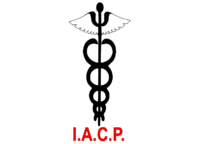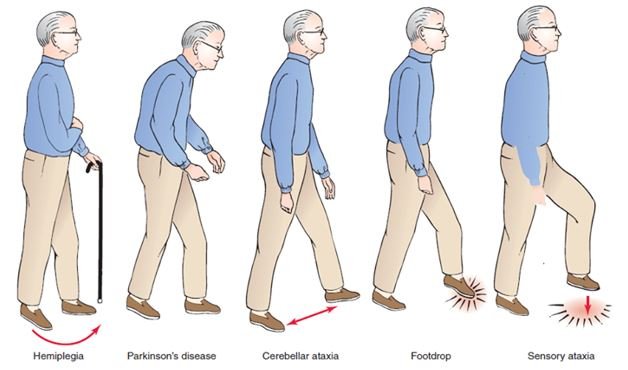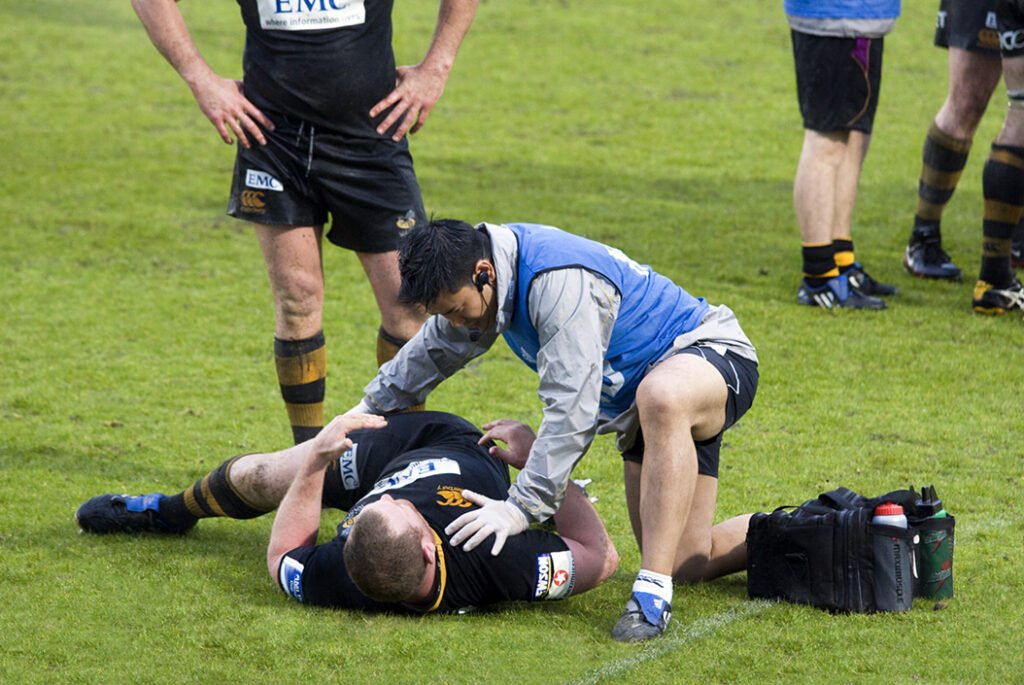Definition & Introduction
Gait is how an individual walks and while that can be normal, antalgic, or unsteady. Several factors can affect an individual’s gait i.e., age, personality, mood, etc. Gait analysis is the assessment of gait using various parameters commonly performed by clinical evaluation incorporating the individual’s history, physical examination, and functional assessment. The observation of gait begins with a general assessment, noting symmetry and smoothness of movements of the various body parts. The physician should note the cadence (steps/minute), base width, stride length, arm swing, movement of the trunk, and rise of the body. While the observer must then look at the individual segments of the kinetic chain as the subject ambulates, including the head, shoulders, arms, trunk, pelvis, hips, knees, ankles, and feet. Specifically, the clinician examines the head position, whether the shoulders are depressed, elevated, protracted, or retracted. Same for the arm swing which can also be categorized as normal, increased, or decreased. The trunk may also have a forward or backward lurch or a list to the right or left. Pelvis level may be hiked, dropped, or fixed.
Hips may demonstrate increased extension, flexion, rotation, circumduction, or an adducted or abducted posture. The knee is observed for proper flexion, extension, and general stability in the various phases of the gait cycle. The ankle for plantar flexion and dorsiflexion, as well as eversion and inversion. Walking disorders are common among people with neurological conditions such as stroke, Parkinson’s disease, multiple sclerosis, cerebral palsy, Huntington’s disease, or a head injury. Gait disorders can also develop from a sporting injury or lower limb fracture.
Phases of the Gait Cycle (8 phase model):
- 1. Initial Contact
- 2. Loading Response
- 3. Mid-stance
- 4. Terminal Stance
- 5. Pre swing
- 6. Initial Swing
- 7. Mid Swing
- 8. Late Swing.
Role of physiotherapy in Gait
Physiotherapists play a vital role in analyzing the walking patterns in people with movement disorders and undertake specialist training to find out the gait problems at all levels of disability. Gait analysis by a physiotherapist help identifies the underlying cause of the disorder and measures the severity of the condition that can chart the effectiveness of treatment. From the assessment, physiotherapists can advise patients on treatment methodology.
Physiotherapists can analyze gait either in a research laboratory or in a clinic. Although there are only a few gaits laboratories, patients can have a full assessment using computerized motion analysis and footswitch devices, force platforms, electromyography and accelerometers, and energy consumption. Usually, the physicians analyze the walking pattern of the patient at a clinic using validated clinical assessment procedures to ascertain the disorders, functional outcomes, and the effects of 2the treatment on the walking pattern.
Benefits of physiotherapy in the assessment and treatment of gait disorders
When treated by physiotherapy, patients with gait disorders can experience improved mobility and independence to reach their maximum performance levels, be it in everyday tasks or high-level sporting pursuits. Gait analysis assists physiotherapists to determine the walking disturbance is because of abnormalities of muscle tone, including spasticity, rigidity, dystonia, hypotonia; coordination, as occurs in ataxia; muscle strength, including weakness and paresis; balance, including vestibular, visual, and somatosensory inputs; soft tissue extensibility, including muscle shortening, joint contractures or hypermobility of joints; extra movements, such as chorea, athetoid movements, dystonia, tremor; reduced movement, such as hypokinesia and akinesia; bony deformities that can occur in disorders such as scoliosis, kyphosis, talipes equinovarus; sensation, including proprioception, tactile discrimination, touch, pressure, pain, temperature, and vibration; cognitive and perceptual problems such as apraxia, depth perception, and vertical perception disorders and neglect.
Conclusion
The ability to walk upright is a functional activity that, when performed abnormally, can have adverse effects on other daily life activities. The clinical evaluation of gait abnormalities, performed with a thorough history and physical examination, is an essential undertaking. These gait abnormalities result from various neuro-musculoskeletal disorders and can be detected during the evaluation to access and rehabilitate. Basic knowledge of biomechanics and anatomy should help most in detection problems, when you know the normal pattern finding out flaws becomes an easy job.
References and Curtsey
https://iacpindia.org/cyber.htm
https://www.rehab.research.va.gov/mono/gait/malanga.pdf



